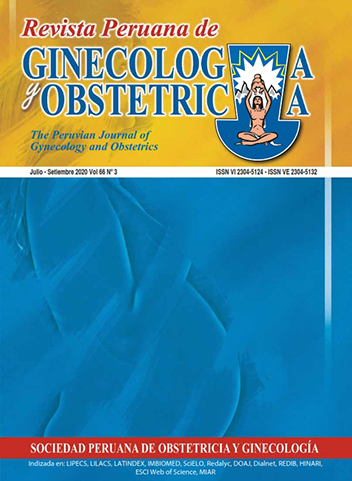Isolated aberrant right subclavian artery. A case report
DOI:
https://doi.org/10.31403/rpgo.v66i2266Keywords:
Aberrant right subclavian artery (ARSA), Down syndromeAbstract
An aberrant right subclavian artery (ARSA) is the most common branching abnormality of the aortic arch. It can be identified by ultrasound scan in 1% of the cases. The probability of association with cardiac and/or extracardiac anomalies, as well as chromosomal abnormality, is high. The prevalence of ARSA with Down syndrome is approximately 20%, and this marker may contribute to counseling in Down syndrome during the second trimester and maybe in the first trimester. Recommendations when finding an ARSA is to carry out a detailed study of the fetal anatomy looking for other markers of the aneuploidy and to perform a fetal echocardiogram. The performance of invasive studies will be limited to those situations where, in addition to the ARSA, other markers or other conditions that increase the risk of Down syndrome are found. However, the finding of an isolated ARSA increases the risk to zero, and is considered a normal variant.Downloads
Download data is not yet available.
Downloads
Published
2020-11-06
How to Cite
Monzón Castillo, E. P., & Tejada Martínez, G. (2020). Isolated aberrant right subclavian artery. A case report. The Peruvian Journal of Gynecology and Obstetrics, 66(3). https://doi.org/10.31403/rpgo.v66i2266
Issue
Section
Casos Clínicos
















